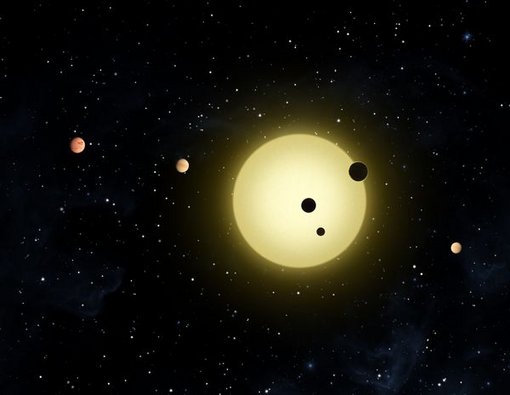
We are at a defining moment in the study of stars and their planetary systems, with the potential finally to address the century-old question of life beyond the Earth. Developments in science and technology are allowing us to make a detailed characterization of the properties of planets in the Galaxy, coupled with a deep understanding of the properties and life history of stars. With this we are finally in a position to define the conditions for planets to be ‘habitable’, i.e., be able to support life, in terms of the characteristics of the planets and their central star. Danish scientists are leading the study of stellar properties and within the foreseeable future we may have the capability to detect evidence for life on other planets.
Stellar Astrophysics Centre (SAC) addresses key aspects of stars, their surrounding environments and their planetary systems. From an observational point of view the study of the physics of stars and planetary systems is undergoing a revolution, thanks to recent and coming observational facilities, including the Kepler and K2 missions, the TESS satellite, the James Webb Space Telescope and the Danish-led SONG network as well as, on a somewhat longer time horizon, very likely the European Extremely Large Telescope and the ESA PLATO mission. The goal of the centre is to ensure that full use is made of these possibilities to perform a coherent study of stars, their interiors, atmospheres, magnetic activity, environment and associated planetary systems, through the integration of several normally separate fields. This includes evolution of planetary systems and issues of potential habitability of the planets in such system; these topics are intimately linked to the history of the central star and the planetary system and aspects of stellar activity, underlining the close connection between the understanding of the stars and the surrounding planets. The research activities will substantially impact broader astrophysics, given the central role of stars in the study of a range of astrophysical problems.
Stellar evolution, rotation, mixing and convection
Stellar magnetic fields, stellar winds, stellar cycles
Exoplanet properties, including habitability and biosignature gases